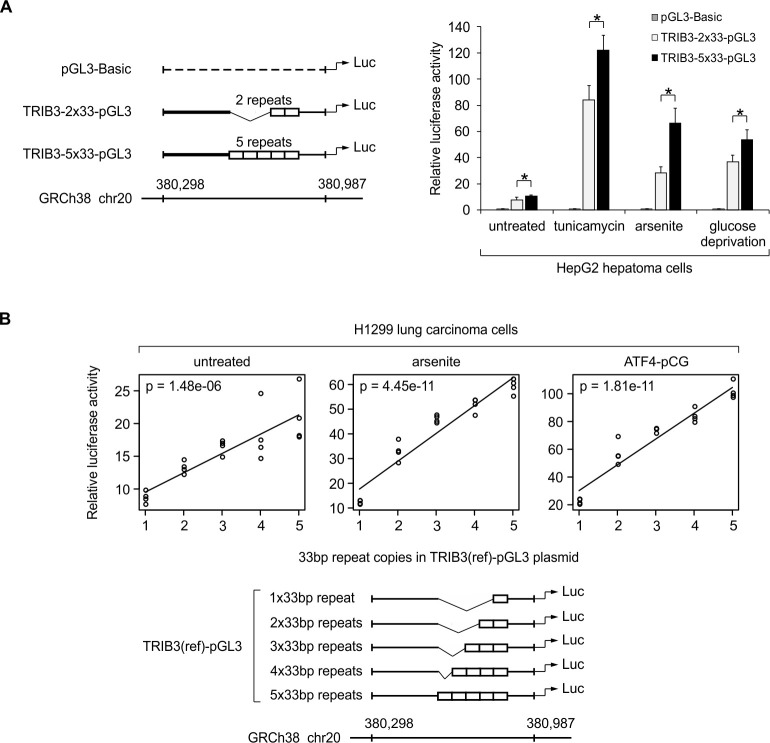Fig 3. Human TRIB3 promoter variants containing more copies of the 33-bp repeat demonstrate elevated transcriptional activity in luciferase reporter assays.
(A) Results from HepG2 cells transfected with human TRIB3 promoter reporter constructs containing two (TRIB3-2x33-pGL3) or five (TRIB3-5x33-pGL3) copies of the 33-bp repeat. Cells were either left untreated or treated with tunicamycin (2 μg/ml, 10 h) or arsenite (20 μM, 10 h), or subjected to glucose deprivation (10 h). Luciferase activities are shown as mean ± SD from 4 independent transfections. *P < 0.05 comparing allelic variants using two-tailed t test followed by Holm–Bonferroni correction. (B) Reporter constructs carrying 1 to 5 copies of the 33-bp repeat were transfected into H1299 cells and their transcriptional activity was assayed under control condition (untreated), oxidative stress (30 μM arsenite, 10 h), and with co-transfection of an ATF4 overexpression plasmid (ATF4-pCG). Four independent transfections were performed, and the relationship between 33-bp copy number and luciferase activity was modeled using linear regression. For both panels, luciferase activities are presented relative to the activity of empty reporter vector (pGL3-Basic without TRIB3 fragment) under the same conditions. The genomic coordinates (GRCh38 human reference genome) of the region studied in the reporter assay are indicated below the plasmids.

